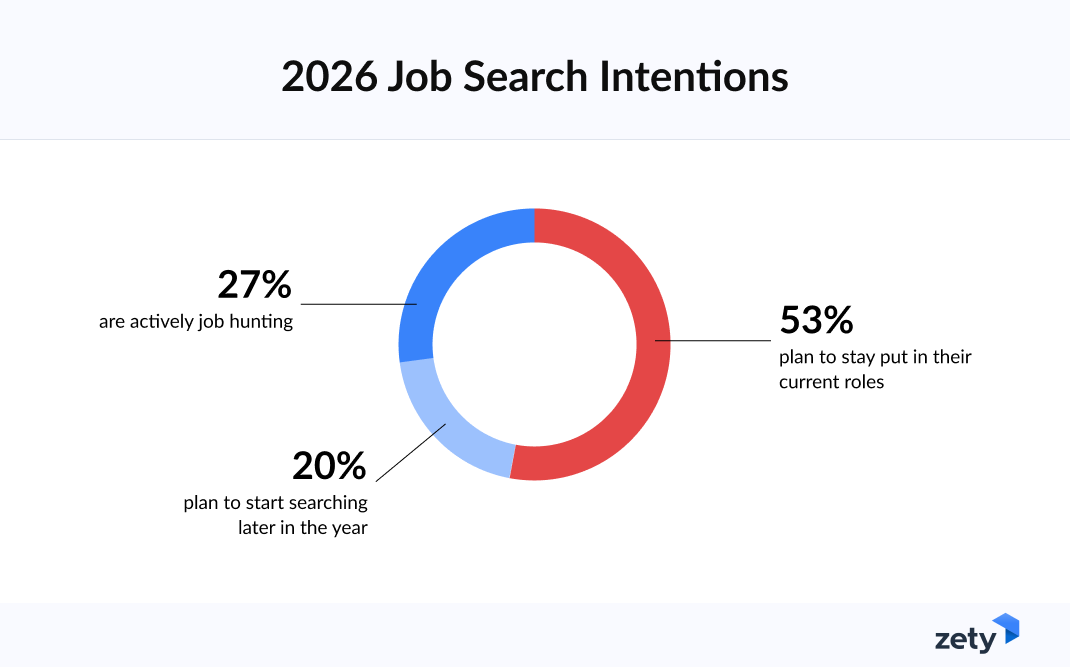A new study shows video calls may be wearing on workers. More than three-quarters of professionals surveyed (76%) by professional staffing firm Robert Half said they participate in virtual meetings. Those respondents reported spending nearly one-third of their workday (30%) on camera with business contacts or colleagues. In addition:
- 38% said they’ve experienced video call fatigue since the start of the pandemic.
- 26% noted that the practicality and novelty of videoconferencing has worn off over the past 8 months.
- 24% confirmed they find virtual meetings inefficient and exhausting and prefer to communicate via other channels, like email or phone.
- The most common video call pet peeves were dealing with technical issues (28%) and too many meeting participants and people talking over each other (19%).
- 1 in 4 working parents (25%) reported spending more than half of their on-the-job hours in virtual meetings.
- More women (47%) than men (32%) said they’re tired of videoconferencing.
“Video calls became the go-to way for professionals to connect, collaborate and build rapport at the start of the pandemic,” said Paul McDonald, senior executive director of Robert Half. “While effective in some instances, they can be draining in others and are best used in moderation.”
McDonald added, “Workers are busier than ever and strapped for time. Before setting up a video call, always determine the goal and if it can be accomplished via other means.”
Robert Half offers three tips for helping professionals make the most of video calls:
- Test your tech. Check your computer’s camera, microphone and internet connection. Close any unused programs to increase your bandwidth and reduce the temptation to multitask.
- Limit the guest list. Small groups tend to be more effective and engaged. Make sure everyone you invite has something valuable to offer and a stake in the outcome.
- Set expectations from the get-go. Send an agenda and supporting materials in advance so participants can prepare. During the discussion, capture notes and action items to share in a recap.
Thanks for reading CPA Practice Advisor!
Subscribe Already registered? Log In
Need more information? Read the FAQs




